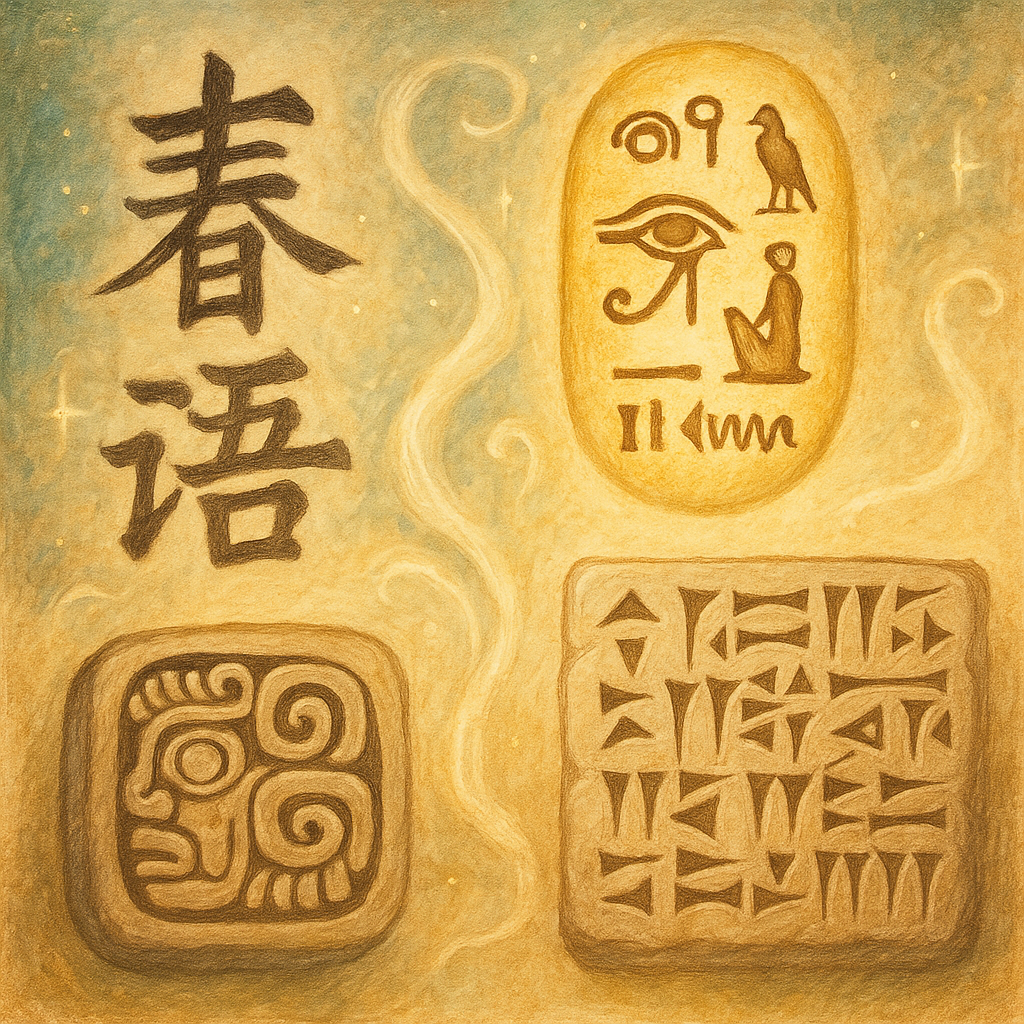Writing systems in different cultures represent a fascinating tapestry of human communication. While many societies rely on alphabetic systems, numerous non-alphabetic writing systems convey meaning through symbols, logograms, and syllables. Understanding these unique forms unlocks insights into cultural expressions and historical contexts.
What Are Writing Systems?
Writing systems are methods of representing spoken language through symbols. Different cultures developed various forms of writing based on unique linguistic, social, and historical contexts. Here, we explore prominent non-alphabetic writing systems from around the globe.
The Importance of Non-Alphabetic Writing Systems
Non-alphabetic writing systems, such as logographic and syllabic systems, highlight the diverse ways that cultures communicate. These systems often provide richer meaning than an alphabet can convey. For example, a symbol may represent an entire concept, allowing for more nuanced expression.
Types of Non-Alphabet Writing Systems
1. Logographic Writing Systems
Logographic writing systems use characters to represent words or morphemes (the smallest units of meaning). A prominent example is the Chinese writing system, which employs thousands of characters, each representing a specific word or idea.
Some characteristics of logographic systems:
* Versatility: Characters can convey complex ideas succinctly.
* Cultural Significance: Many characters hold historical meaning, revealing a culture’s values and beliefs.
2. Syllabic Writing Systems
Syllabic systems represent syllables rather than individual phonemes. For instance, the Japanese writing systems, hiragana and katakana, are syllabaries. Each character corresponds to a syllable, allowing speakers to spell out words phonetically without relying on a complete set of letters.
3. Pictographic Writing Systems
Pictographic systems utilize images to represent objects or concepts. Ancient Egyptian hieroglyphs are a prime example, where symbols illustrate concepts directly. This system offered visual storytelling, combining art with textual communication.
4. Non-Phonetic Writing Systems
Some writing systems do not represent sounds at all. For example, the ancient Indus Valley civilization developed seals with unclear symbolism. These non-phonetic writing systems provide insight into cultures that may not have shared their spoken languages.
Writing Systems Examples
To better understand the diversity of writing systems in different cultures, here are specific examples of non-alphabetic writing systems:
* Mayan Script: A complex logographic system with glyphs representing sounds and meanings.
* Cuneiform: Used by ancient Mesopotamians, it combined pictographs and syllables.
* Arabic Script: While primarily an alphabet, many calligraphic forms and ligatures create unique symbols.
The Impact of Historical Writing Systems
Historical writing systems have influenced modern communication. For instance:
* Renaissance: The rediscovery of Greek and Roman texts revived interest in classical logographic forms.
* Digital Age: Innovations like emojis show the resurgence of pictorial communication akin to ancient systems.
Why Study Writing Systems in Different Cultures?
Understanding writing systems in different cultures helps uncover the complexities of human thought, language, and interaction. Each system tells a story about its people, their history, and the values they hold dear. By examining these unique forms, we gain a deeper appreciation for cultural diversity.
In conclusion, exploring writing systems in different cultures reveals the rich variety of human expression. From logographic to syllabic forms, each system encapsulates unique cultural narratives. By studying these writing systems, we are not only learning about languages but also about the civilizations that created them.
Interested in learning more about how cultures communicate through writing? Get started with our in-depth resources!


